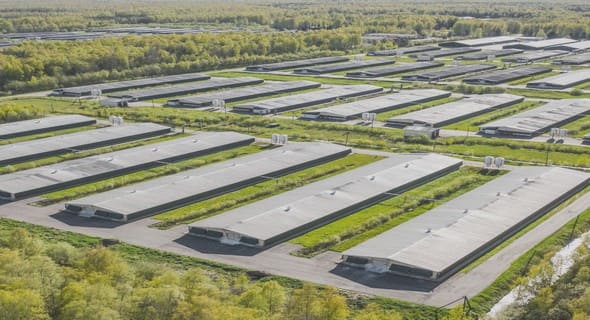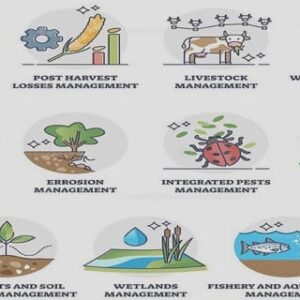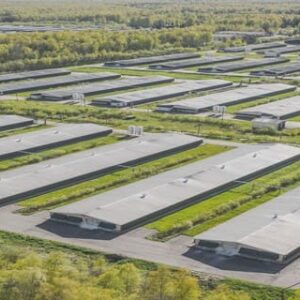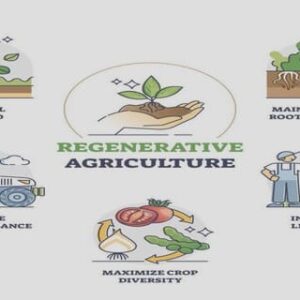(Downloads - 0)
For more info about our services contact : help@bestpfe.com
Table of contents
Introduction
I. The grapevine fruit development
I.1. The kinetic of berry development
I.2. The accumulation of berry solutes
II. Climate change and its impact on berry development
II.1. The “greenhouse” effect
II.2. The rising temperature
III. Climate change and viticulture
III.1. Effects on plant physiology
Temperature
CO2
Water
III.2. An overview of putative means to mitigate grape/wine composition
Cultural practices
Oenological corrections
Location and varieties change
Issues
Chapter I – How to monitor grape development using simple tools?
Abstract
Introduction
Materials and methods
Plant material
Sampling methods
Density sorting
Volume measurement
Osmolality and Dry Matter
Primary and secondary metabolites
Data analysis
Results and Discussion
1. Determination of the onset of ripening
2. Heterogeneity of berry development during ripening
3. Detection of the end of the growing phase
Conclusion
Acknowledgments
Author contribution
Literature cited
Chapter II – Vitis vinifera L. fruit diversity
II.1: Vitis vinifera L. fruit diversity to breed varieties anticipating climate changes
Abstract
Introduction
Materials and methods
Plant material and growing conditions
Fruit sampling methods
Berry growth and composition determination
Data Presentation and Statistical Analyses
Results
Berry growth during ripening
Berry size
Organic acids
Sugars
Osmoticum accumulation
Correlations between traits
Discussion
Major descriptors of grapevine fruit development and composition
Phenotyping at key stages of grapevine berry development
Breeding prospects
Conclusion
Author contributions
Funding
Conflict of interest statement
Acknowledgments
Supplementary material
References
II.2: The existing diversity in cations in Vitis vinifera and it segregation in a progeny of
microvines
Abstract
Introduction
Materials and methods
Plant material and growing conditions
Sampling methods
Weight measurement and sample preparation
Cations analysis
Data analysis and graphic representations
Results
Discussion
Conclusion
Acknowledgements
Author contributions
Literature cited
Chapter III – The low sugars content trait
III.1: Average berries population characterisation
Materials and methods
Plant material
Sampling methods
Density sorting
Volume and weight measurement
Primary and secondary metabolites
Data analysis
Results and discussion
Growth Kinetics of average berries population
First conclusion
Characterisation of the fruit heterogeneity and asynchronous development
Second conclusion
III.2: The key developmental stages during berry development
Materials and Methods
Meteorological data
Plant material
Sampling methods
Firmness
Chemical analysis
Primary metabolites
Micro-elements
Osmoticums analysis
Statistical analysis
Graphical representations
Results and discussion
1. Kinetics of berry growth and metabolites accumulation
First conclusion
2. Berry composition at specific stages
2.1. The onset of ripening
2.2. Maximum berry volume as an indicator of physiological maturity
3. The low sugars content trait
3.1. The onset of ripening
3.2. Physiological ripe stage
3.3. Relations Pressure – Growth
Conclusions and perspectives
Conclusion
Perspectives
General bibliography




